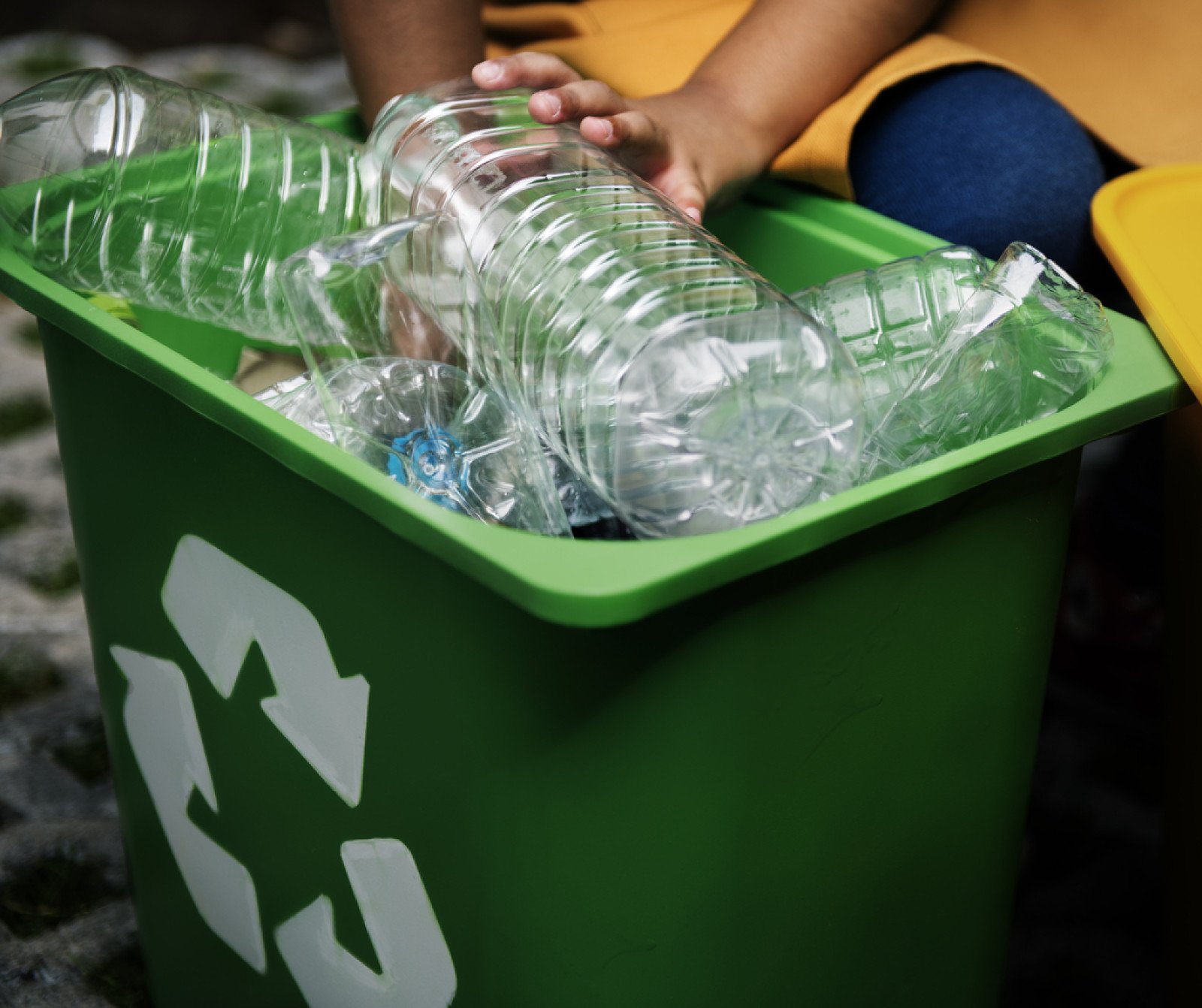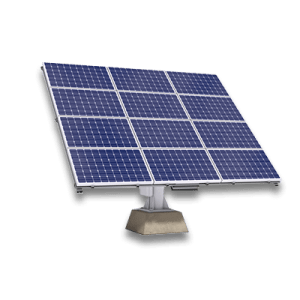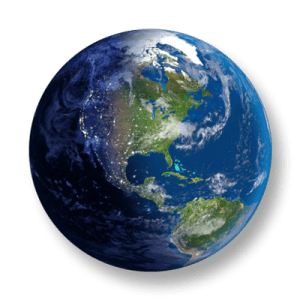Life cycle of a plastic bottle
Trace the life cycle of three different plastic bottles from beginning to end.

Overview
Students sketch the life cycle of a plastic bottle from manufacturing to disposal and discuss in groups. Uncover what effect plastic has on the environment and what we should think about when buying or throwing it away.
Instructions
What you'll need
- Chart paper and pens
- A variety of plastic containers
Start with what you know
- Collect a variety of plastic containers with different recycling numbers (ranging from 1 to 7).
- Pass them around the room for students to look at, thinking about what they all have in common:
- Made of plastic.
- Used to hold/contain something.
- Recyclable.
- Ask students to look for the recycling symbol and to describe what they see.
- There’s a number inside three arrows in a triangle.
- The numbers range from 1 to 7.
- There are letters underneath the symbol.
- Now list the numbers and accompanying letters on the board – do students know what they mean? The letters are abbreviations for types of plastic:
- PET or PETE is Polyethylene Terephthalate.
- HDPE is High Density Polyethylene.
Watch the video
- Play the video.
- Have students sketch out the life cycle of one of the three bottles from beginning to end.
- If necessary, show the video again and give them a few extra minutes to add to their sketches.
Share and discuss
- Group students who picked the same scenario together and have them share their sketches with each other. The groups can then share with the class what they discussed.
- List possible environmental effects for each scenario on the board as they come up.
- Lastly, ask what we should consider before buying or discarding plastic. Keep track of the list on chart paper that can be posted on the wall as a reminder.
Modify or extend this activity
- Have students research different types of plastics and their effects on the environment.
- Have students explore recycling options in the community. Have these changed over time? Consider a field trip to a local recycling facility.
- Connect ideas from this video to "Investigations in energy conservation" and "Energy conservation in action".
Curriculum Fit
Grade 9 Science
Content
- Matter cycles within biotic and abiotic components of ecosystems
- Sustainability of systems
Curricular competencies
Questioning and predicting
- Demonstrate a sustained intellectual curiosity about a scientific topic or problem of personal interest
Evaluating
- Demonstrate an awareness of assumptions, question information given, and identify bias in their own work and secondary sources
- Consider the changes in knowledge over time as tools and technologies have developed
- Connect scientific explorations to careers in science
- Consider social, ethical, and environmental implications of the findings from their own and others’ investigations
- Critically analyze the validity of information in secondary sources and evaluate the approaches used to solve problems
Applying and innovating
- Contribute to finding solutions to problems at a local and/or global level through inquiry
- Consider the role of scientists in innovation
Communicating
- Communicate scientific ideas, claims, information, and perhaps a suggested course of action, for a specific purpose and audience, constructing evidence-based arguments and using appropriate scientific language, conventions, and representations
Assessments
- Assess student participation in the group and class discussions and their willingness to contribute ideas and opinions to the discussion.
Teaching Notes
Plastic is made from oil and gas (natural resources that are extracted from the ground). Many plastics that are used to make every day products can be recycled, such as Polyethylene Terephthalate (PET) which is used to create water, juice and pop bottles. This type of plastic can be recycled and used to make new products.
The use of plastic products can harm wildlife and enter the food chain. The Great Pacific Garbage Patch and others contain large amounts of garbage and plastic that aren’t biodegradable. Smaller marine animals contain pieces of plastic that have broken down into tiny pieces because they mistake it for food.
When fish eat plastic, it enters the food chain because larger fish eat the smaller fish (containing plastic) and we humans eat the larger fish, like tuna.
Recycling is an important way to reduce the amount of plastic that ends up in landfill sites and the ocean. Reducing our use of plastic and switching to reusable products such as refillable water bottles also reduces the amount of plastic in the environment.








